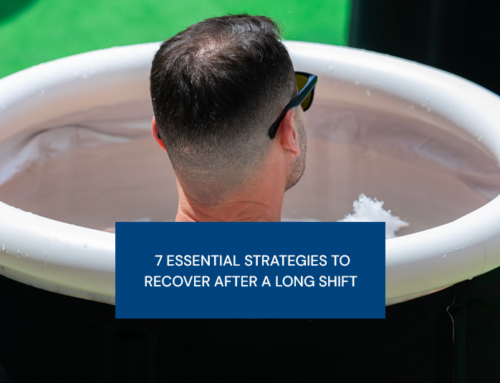Teaching is without a doubt an incredibly demanding job. It stresses physical, mental, and emotional health daily. While teachers are serving the next generation, Solveglobal strives to serve teachers so they can move and feel their best at home and at work.
One way teachers can improve their physical health on the job is by incorporating a warm-up routine before their first class and repeating it during breaks. Throughout the day, teachers transition quickly from sitting for long periods of time- grading assignments and prepping lessons- to standing and moving around the classroom. This could look like standing in one position for a long period of time to moving quickly from desk to desk and stooping to help a sTeaching is without a doubt an incredibly demanding job. It stresses physical, mental, and emotional health daily. While teachers are serving the next generation, Solveglobal strives to serve teachers so they can move and feel their best at home and at work.
One way teachers can improve their physical health on the job is by incorporating a warm-up routine before their first class and repeating it during breaks. Throughout the day, teachers transition quickly from sitting for long periods of time- grading assignments and prepping lessons- to standing and moving around the classroom. This could look like standing in one position for a long period of time to moving quickly from desk to desk and stooping to help a student. These transitions can be hard on the body, and, if the body is not ready for this movement, discomfort, pain, and possibly injury can occur.
A comprehensive warm-up that moves in all three planes of motion is necessary for teachers to ready their bodies for these transitions.
3 Planes of Motion
It is important to first develop an understanding of the three planes of motion: Sagittal, frontal, and transverse:
-
The sagittal plane consists of any forward and backward movement. Imagine dividing the body into left and right halves that allow for flexion and extension.
-
Take that imaginary line and divide the body into front and back halves. The frontal plane includes any side-to-side movements parallel to that line to allow abduction and adduction.
-
The transverse plane cuts the body into superior and inferior portions (head and tail). Think rotational movements here, internal and external. Any movement parallel to the waistline is movement in the transverse plane.
Warm-Up for Teachers
Sagittal Plane:
Anterior Chain Reaction: Starting Position: Standing. Movement: Take a step forward with right foot, while reaching arms up and overhead. Keep the left heel down as best as possible. Return to start position and repeat 3-5 times per side.

Posterior Chain Reaction: Starting Position: Standing. Movement: Take a step backwards with right foot, while reaching with arms down and back towards your left ankle. Return to start position and repeat 3-5 times per side.
Frontal Plane:

Same Side Lateral Chain Reaction Mobility: Starting Position: Standing. Movement: Take step to the right with right foot, while reaching with same side (right) arm overhead. Keep the left foot down as best as possible. Return to start position and repeat 3-5 times. Repeat on left side.

Opposite Side Lateral Chain Reaction Mobility: Starting Position: Standing. Movement: Take a step behind your body to the left with right foot, while reaching with same side (right) arm overhead. Keep the left foot down as best as possible. Return to start position and repeat 3-5 times. Repeat on left side.
Transverse Plane:

Same Side Rotational: Starting Position: Standing. Movement: Take a rotational step with the right foot around to the right, while moving arms around to the right as well at chest height. Keep the left foot down as best as possible, avoid letting it spin out. Please perform to distances and at speeds which you can comfortably control. Please keep your head facing to the front to help promote bottom-up mobility for your neck. Return to start position and repeat 3-5 times.

Opposite Side Rotational: Starting Position: Standing. Movement: Take a rotational step with the right foot around to the left. Keep the left foot down as best as possible, avoid letting it spin out. Please perform to distances and at speeds which you can comfortably control. Please keep your head facing to the front to help promote bottom-up mobility for your neck. Return to start position and repeat 3-5 times.
Solveglobal MSK specialists can provide warm-ups for teachers that are unique to the individual’s needs. If a teacher is struggling with hip or shoulder pain on the job, our team can provide individually tailored routines that will help the teacher thrive throughout the workday.
Learn more about how the Solveglobal team can help teachers thrive at solveglobal.com.







Leave A Comment